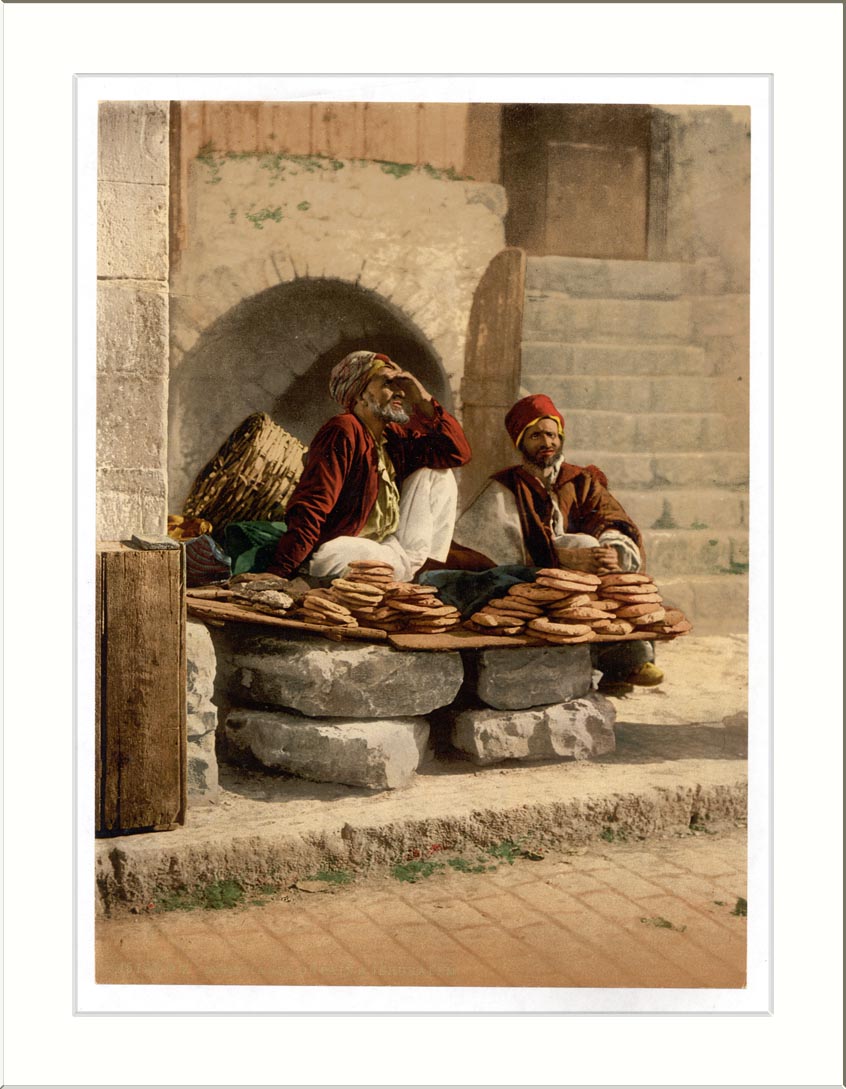Why is bread so holy throughout history and today?
Bread is a life-giving substance, made of the most basic of ingredients, at minimum: flour and water. Yet, it has found its way to every table, permeated the Bible and it remains a cornerstone of religious ceremony throughout the globe. It’s constantly referenced in our idioms and sayings. We have breadwinners and we have try to make money, or dough.
“While politics and religion can tear people apart, bread brings people together,” writes Lynne Golodner in The Flavors of Faith: Holy Breads.
After all, bread is made to be shared. There’s enough in a loaf to go around. You don’t even have to cut it, just pull it apart and eat what you get. Breaking bread is a common ritual. At the start of the New Year, some Russians break a special wafer, engraved with religious images. Everyone sitting at the table makes sure to break bread at least once with everyone participating in the meal. It is a show of good will and is supposed to ward off conflict.
Bread is ancient. Twelve thousand years ago, flat bread was made and placed on a rock in the sun to rise. The Greek civilization claimed at least 50 different kinds of bread. The Romans are responsible for the invention of a public bakery.
Holy bread doesn’t require much.
It’s not the ingredients, but the surroundings. Holy bread is made through the rituals and importance placed on sharing a meal. Every religion and every culture has its own spin on the basic flour and water recipe, and some get quite complicated, but it’s not the added raisins or the braids that make the bread holy. It’s the people, the bakers.
For more on the history of holy bread and recipes, check out Lynne Golodner’s The Flavors of Faith: Holy Breads.

